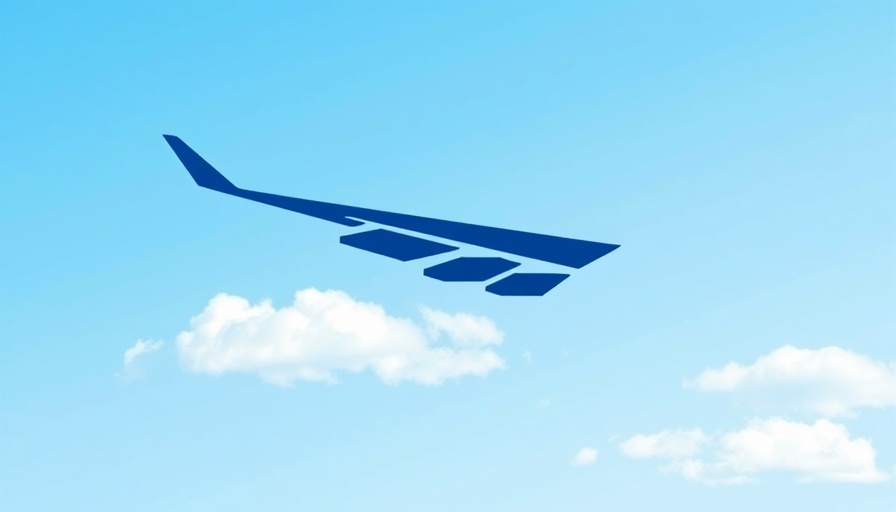
Celebrating Aviation Heritage: P-51 Mustangs at Bremerton Air Show
The upcoming Bremerton Air Show on July 12-13, 2025, promises to be a thrilling display of aviation history, with a focus on the iconic P-51 Mustang. The theme for this year's show is ‘Mustang Mania,’ highlighting the powerful legacy of these World War II fighter planes. This event, held at the Bremerton National Airport (KPWT), is more than just an exhibition of vintage aircraft; it represents a communal effort to preserve and celebrate our aviation heritage.
Historical Significance of the P-51 Mustang
During World War II, the P-51 Mustang was renowned for its speed and agility, providing crucial escort to B-17 bombers during their perilous missions over Europe. As aviation enthusiasts gather in Bremerton, they pay homage to the sacrifices made by pilots and planes that played a significant role in shaping the war's outcome. The presence of legendary Mustangs like the P-51D Grim Reaper and Valhalla allows attendees to connect with this monumental history.
A Community-Centric Air Show Experience
This year's airshow not only features air displays but also highlights the collaboration of volunteers and community members. Erica Filler from the Port of Bremerton noted the vital role volunteers play in ensuring the event runs smoothly, from managing seating to providing logistical help. With about 150 volunteers needed, the community’s involvement is a testament to their dedication to preserving local history and creating memorable experiences for all attendees.
Modern Military Presence and Education
Adding depth to the festivities, the event will feature static displays of modern military aircraft, including the Air Force's KC-135 demo team and a C-17 team from McChord. This juxtaposition of historical and contemporary aviation aims to educate attendees, particularly younger generations, about the evolution of flight. As families participate in this celebration, it opens doors for conversation about the importance of learning to fly and engaging with the flying community.
What to Expect at the Show?
In addition to must-see aerial displays, the Bremerton Air Show will present a variety of performances from both civilian and military acts, including an exciting new addition—a wing walker alongside a Stearman. Attendees can purchase tickets online, with prices ranging from $10 for teens to $165 for catered experiences in the President’s Chalet. This accessibility allows families to create lasting memories together, making aviation a shared passion across generations.
A Call to Action: Discover the Joys of Flying
The Bremerton Air Show serves as an excellent reminder of the joys and freedoms of flight. Whether you are an aviation buff or a curious newcomer, consider this event an opportunity to delve deeper into the world of aviation. Perhaps this sparks your interest in learning to fly! With local flight training centers ready to assist, the sky is within reach. Join the excitement on July 12-13, and let the Mustang Mania inspire you to discover the exhilarating world above!
 Add Row
Add Row  Add
Add 




Write A Comment